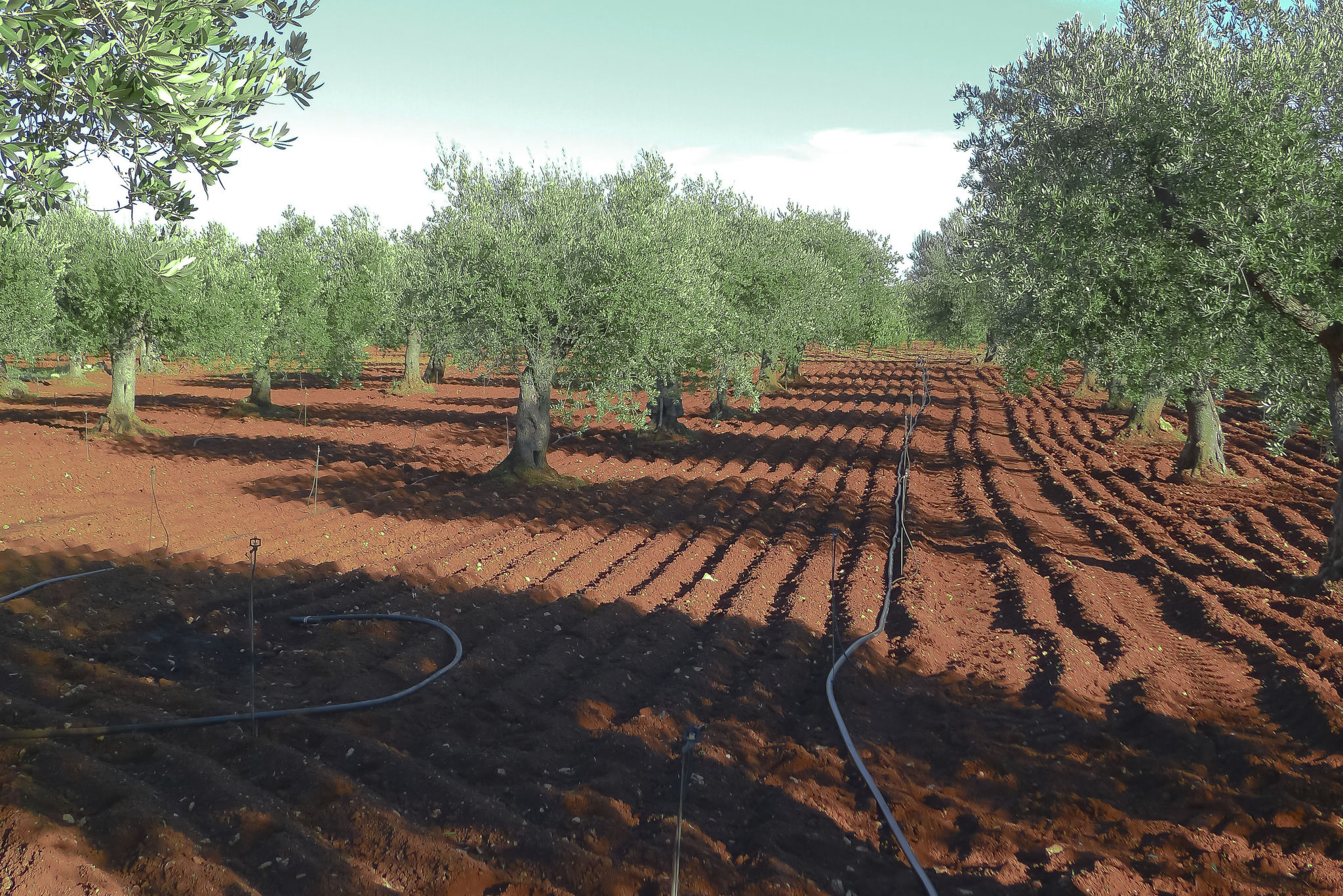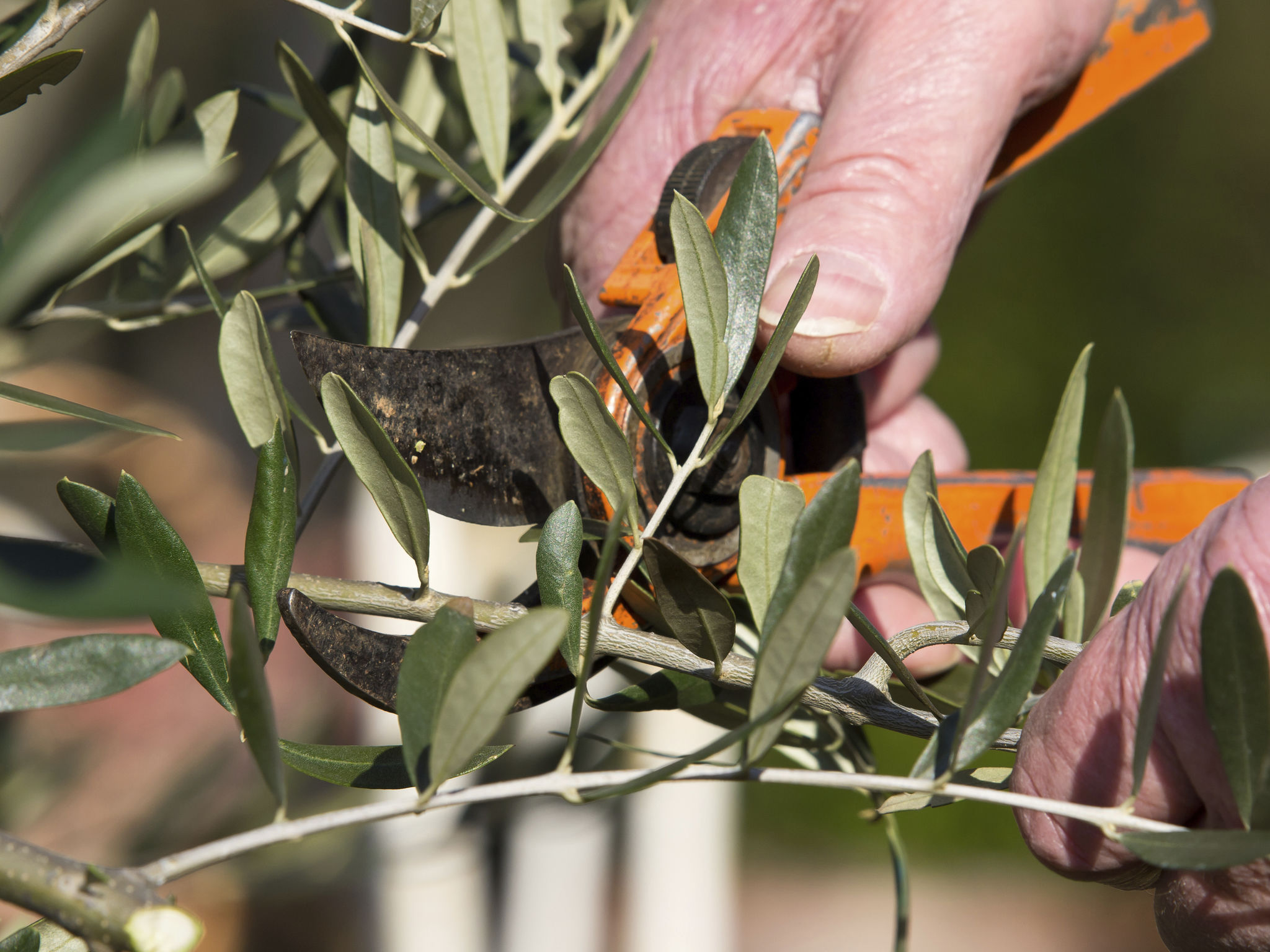Seasonal Care Tips for Olive Trees in Southern Arizona
Understanding the Climate of Southern Arizona
Southern Arizona is known for its unique climate, characterized by hot summers and mild winters. This climate presents both opportunities and challenges for olive tree cultivation. Olive trees thrive in warm climates, but it's essential to adapt your care routine to the specific conditions of this region to ensure healthy growth and bountiful harvests.
During the summer months, temperatures can soar, so providing adequate water and shade becomes crucial to prevent heat stress. Conversely, the mild winters allow for year-round growth, but it's still important to protect young trees from unexpected cold snaps.

Watering Strategies for Optimal Growth
Proper watering is key to maintaining healthy olive trees in Southern Arizona. Due to the region's arid climate, olive trees require a consistent but moderate watering routine. It's best to water deeply and infrequently, allowing the soil to dry out between waterings to prevent root rot.
During the hottest months, increase the frequency of watering, especially for younger trees. Employing a drip irrigation system can help deliver water effectively while conserving resources. Remember to adjust your watering schedule in response to seasonal changes and rainfall patterns.
Effective Irrigation Techniques
Consider implementing mulching around the base of your olive trees to retain soil moisture and regulate temperature. Organic mulches like wood chips or straw are excellent choices. Additionally, monitor soil moisture levels regularly using a moisture meter to ensure your trees are receiving adequate hydration without overwatering.

Pruning Practices for Healthier Trees
Pruning is an essential aspect of olive tree care that encourages healthy growth and fruit production. In Southern Arizona, aim to prune your trees in late winter or early spring before new growth begins. This timing minimizes stress and allows the tree to focus its energy on producing new shoots and flowers.
When pruning, focus on removing dead or diseased branches and thinning out crowded areas to improve air circulation. This practice reduces the risk of disease and promotes a robust structure capable of supporting abundant fruit production.
Tools and Techniques
Using the right tools is crucial for effective pruning. Invest in a pair of sharp pruning shears and a small saw for thicker branches. Always sterilize your tools before use to prevent the spread of disease. Remember that less is more; avoid over-pruning as it can reduce fruit yield and weaken the tree.

Fertilizing for Maximum Yield
Olive trees in Southern Arizona benefit from a balanced fertilization schedule that supports their growth and fruit production. Apply a slow-release fertilizer specifically formulated for olive trees in early spring and again in late summer. This provides essential nutrients throughout the growing season.
Avoid high-nitrogen fertilizers as they promote excessive leaf growth at the expense of fruit production. Instead, opt for fertilizers rich in phosphorus and potassium to enhance flowering and fruiting.
Nutrient Management
Regular soil testing can help you tailor your fertilization strategy according to your tree's specific needs. Amend the soil with organic matter if necessary to improve its structure and nutrient content. Remember that healthy soil leads to healthy trees.

Pest and Disease Management
Olive trees in Southern Arizona are susceptible to certain pests and diseases that can impact their health and productivity. Common pests include olive fruit flies and scale insects, while diseases like verticillium wilt can pose significant challenges.
Implementing integrated pest management (IPM) practices can help mitigate these issues. Regularly inspect your trees for signs of infestation or disease, such as discolored leaves or wilting branches. Employ biological controls like beneficial insects or organic sprays as needed to manage pest populations effectively.
Preventative Measures
Maintaining proper hygiene around your olive grove is essential for preventing disease spread. Remove fallen leaves and debris promptly, as they can harbor pests and pathogens. Ensure adequate spacing between trees to promote good air circulation, reducing the likelihood of fungal infections.